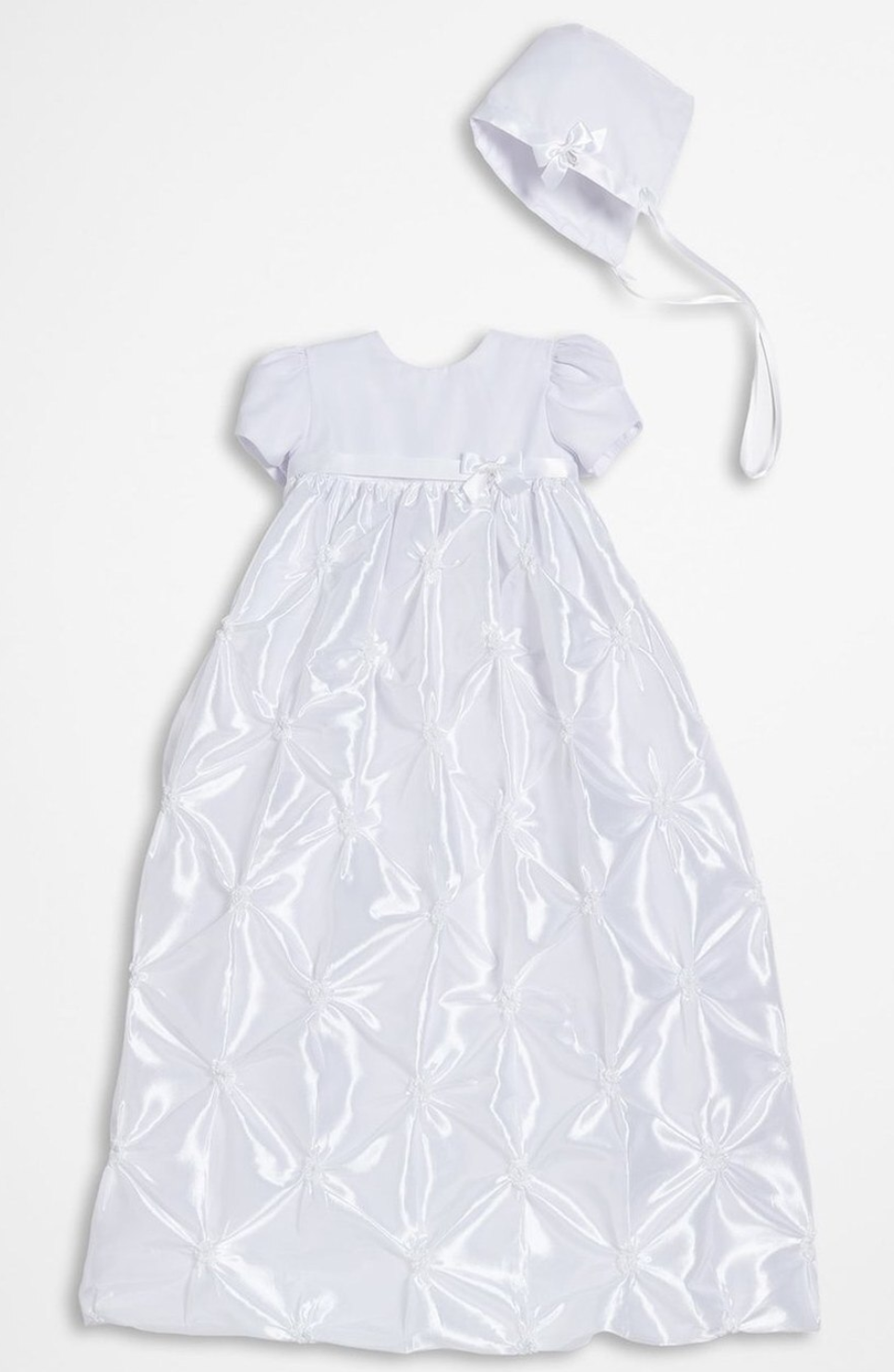Taffeta is important fabric in fashion, furnishings, and in household accessories. Originally, taffeta was produced from only silk, but as other synthetic fibers became available taffeta can now be produced using nylon, rayon and acetate.
How is Taffeta Produced?
Using silk or synthetic fibers, taffeta is produced with what is a called a "tabby weave," which is a tightly woven plain weave. The word taffeta is a Persian that means "twisted woven." When using this weave. the warp and weft form a simple criss cross pattern that resembles a checker-board.
Types of Taffeta
There are two types of taffeta:
- Yarn-dyed taffeta is stiff and is often used in making evening gowns.
- Piece-dyed taffeta is softer than yard-dyed taffeta and is used in linings.
What is Taffeta Used For?
In fashion, taffeta is mainly used for making wedding gowns, prom dresses, and evening gowns. Yarn dyed taffeta (the stiffer variant) can be used to make curtains (interior decorations). Taffeta is also used in products such as sleeping bags, handbags, shower curtains, umbrellas, insulation, and as a lining fabric.
Advantages and Disadvantages of Taffeta
Like all fabrics there are advantages and disadvantages to using taffeta.
Advantages:
- Poly-based taffeta is inexpensive
- Rich and luxurious
- Light weight
- Smooth and shiny
Disadvantages:
- Not breathable
- Prone to creasing
- Requires more maintenance
Flower Girl Dresses and Christening Gowns
With taffeta being a fabric incorporated into formal wear, it natural that taffeta would be used in flower girl dresses and christening gowns. Here are some of the dresses and gowns we offer that are made from taffeta.
Flower Girl Dresses:
- Girls Ivory and White Taffeta and Chiffon Dress with Flower Sash and Bow in Back
- Girls Ivory and White Taffeta and Tulle with Chiffon Dress Flower Sash and Bow in Back
Christening Gowns:

